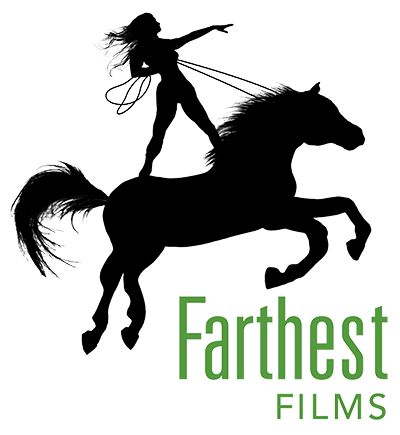Charlie Chaplin in “Mabel’s Married Life”
Major Players in our Culture
DRUNKEN: WHAT THE CHILDREN SAW contrasts childhood observations of drunkenness with an American cultural history finely tuned to normalization. Drunkards play a significant part in our historical lexicon – appearing as comedic, physical, and often tragic stereotypes.
Paragons of Intoxication in Early Films
In the films of a hundred years ago, drinkers and drinking were predominant forms of entertainment. Stumblers, thugs and pratfalls were everywhere in a world without radio or television. Slapstick, comedies and cartoon animations of the early 20th century are replete with drunken behaviour. Early film did not segregate children/family entertainment from drunkenness. The earliest films starred famously perfected iconic drunkards:
Early Animations
Early cartoons simply and graphically codified the effects of drinking even as Prohibition changed cultural and gendered mores of acceptable drunken “comportment.” While saloons were outlawed and the “cocktail” began to merge male/female drinking habits, drunken behaviour became the stuff of laughter in children’s cartoons.
Buster Keaton in “Hard Luck.”
The YouTube Genre of Drunken Behaviour
Today we find continuing evidence of the American fascination with, and denigration of, the impairments of drunkenness: YouTube has a genre of videos documenting extreme drunkenness as “found comedy.” People have been laughing at, and looking past, the behaviour of drinkers for a long time.
Amateur Film & Home Movies
Home movies support and contrast stories from childhood in the most visceral of ways. Partnering with Northeast Historic Film, a regional film archive preserving and collecting amateur films, we explore the intertwining of memory and personal history.



